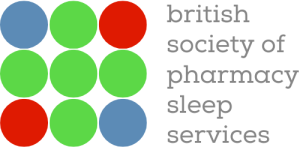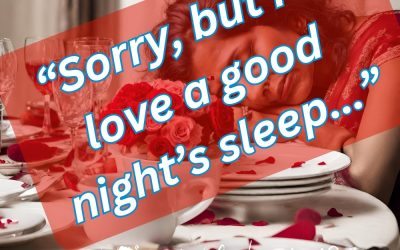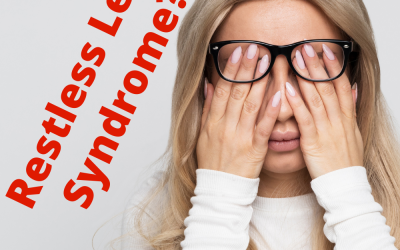All the snorer’s spouse wants for Christmas is a ‘Silent Night’… (Part 3 of the 5 part series)

Photo by Wolfgang Hasselmann on Unsplash
Picture the scene:
“OMG! Their snoring is driving me crazy…….. [the story continues for a few minutes] and then they go quiet, and I start to worry if they’re going to breathe again.”
Amongst the partner’s tale of woe – there was a Red Flag.
Did you notice it?
Yes, of course you did.
The silent pause the long-suffering partner observed between snores.
THAT was the sleep apnoeic episode. When the snorer could not breathe and sleep at the same time. No air is getting to their lungs.
They are suffocating themselves.
Snoring may well be benign, but snoring is also a primary symptom of OSA.
For the last 30 years the estimated OSA undiagnosed population hasn’t changed (80-85%).
You surely comprehend snoring is a cause of disrupted sleep for the partner and family, think social strain and relationship difficulties.
But pay attention to the recurrent hypoxic dips when there is silence between snores.
The sufferer’s chest wall continues to rise and fall. (Not getting into central sleep apnoea here sleep experts!).

Now is an ideal time to define ‘Obstructive Sleep Apnoea’ (OSA)
OSA is a sleep breathing disorder, made up of multiple sleep apnoeic episodes.
- Obstructive = a narrowing or obstruction.
- Sleep = happens when asleep.
- Apnoea = without breath.
An apnoeic episode is when there’s a 10 second (or more) pause in breathing, with dips in blood oxygen saturation, and a partial awakening. Put it all together and OSA results in non-restorative sleep.
OSA episodes may happen hundreds of times a night, yet they’re not usually witnessed as the partner is either asleep themselves or has left the bedroom.
Untreated, the OSA sufferer’s sleep is incredibly fragmented with daytime consequences including irresistible drowsiness, irritability, and appetite disruption.
How does it feel to have OSA?

Photo by Polina Tankilevitch: https://www.pexels.com/photo/woman-in-a-white-shirt-taking-white-tablets-8213111/
The best description a sufferer gave me is:
‘A cross between jetlag and hangover. All the time’.
There’s increasing evidence of the relationship between OSA and every chronic disease.
The list includes (but is not limited to) obesity, type 2 diabetes, cardiovascular problems including hypertension, enlarged heart, and elevated risk of heart attack and stroke, together with mental health problems such as anxiety and depression, and decreased libido.
Sleep is involved with every chronic disease.
Yes, I’ve said it twice.
Treatment for OSA is ‘free’ from the NHS.
Because it makes financial sense to treat OSA patients. When successfully treated, they consume less healthcare resource, and they live longer.
Sleep is a bit ‘fluffy’ and an OTC ‘snore cure’ is harmless. Right?
If you currently sell OTC snore cures you might want to stop and think.
Are you confident you know what you’re doing?
Is the snorer hypersomnolent?
How would you check?
Do they have OSA relevant comorbidities?
Do they have a vigilance critical role?
Why does that even matter?

If you’re confident their snoring is not a symptom of undiagnosed OSA (quite how have you come to this?) then wouldn’t they be better served with what NICE recommend as first-line therapy: an intra-oral device from a sleep-trained dentist?
If you’ve no idea what I’m talking about, that should surely be enough.
My work is done.




